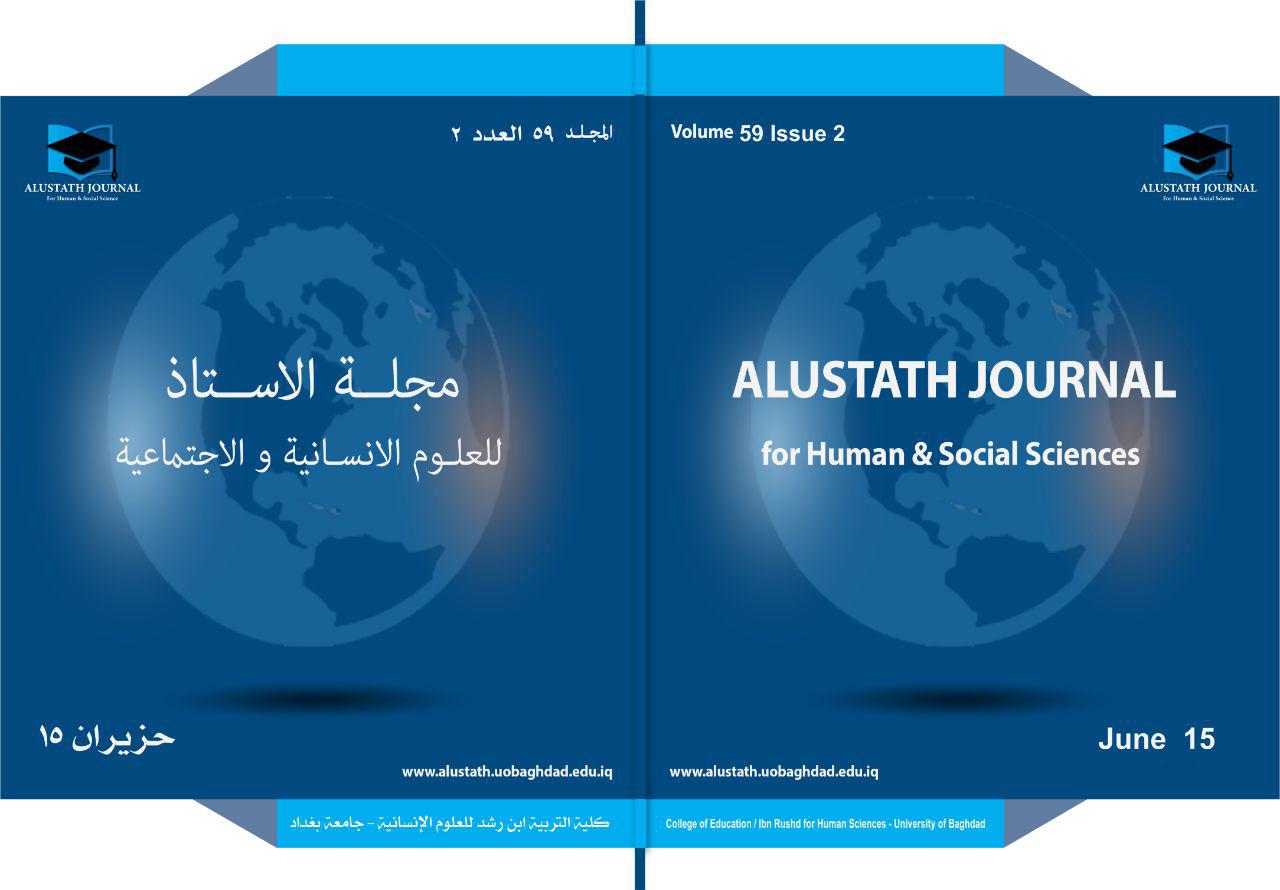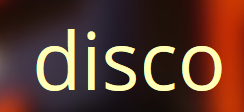The Degree of Concentration of Arabic Language Textbooks on the Higher Basic Stage in Jordan on Critical Reading Skills in their Language Training, Questions and Activities: An Analytical Study
DOI:
https://doi.org/10.36473/ujhss.v59i2.1075Keywords:
Arabic Language Textbooks, Critical Reading, Stage.Abstract
The aim of this study is to determine the concentration of Arabic language books on the higher basic stage in Jordan on critical reading skills in their language training, questions and activities. The sample of the study is a complete society. It consists of all the questions and activities in the books. It reaches (1464), while the tool was a list of critical reading skills includes (25) skill. Content analysis procedure is used to answer the three study questions. The analysis measure shows that (39.4%) of the questions in the eighth grade book, (29%) of the questions in the ninth grade, and (31%) of the tenth grade are aspects of Critical reading. In the light of the results, several recommendations are provided, including the need for the implementing teachers of these books to develop enriching questions to train the skills, which have little or no trainings.
Downloads
References
- Al-Essawi, Jamal and Musa, Mohammed and Shizawi, Abdul Ghaffar (2005). Methods of
Teaching Arabic Language in Basic Education between Theory and Practice. United Arab
Emirates, University Book House: Al Ain.
- Aljrrah, Reema (1997). The availability of questions related to critical reading skills in the
reading and text books for the top three grades of the basic stage and teachers' practice of
these questions. M.A. Thesis (unpublished), Yarmouk University, Irbid, Jordan.
- Al-Sakaf, Sawsan (1997). Analysis and Evaluation of Critical Reading Skills in Secondary
School Students in the United Arab Emirates, Unpublished Master Thesis, University of
Durman.
- Alsid Mahmoud Ahmed (1988). Teaching Language between Reality and Ambition.
Damascus. Dar Tlass for Studies, Translation and Publishing.
- B & W Associates. (1987). beyond basics: A developmental reading program.
Jamestown Publishers, Inc: USA.
- Barnes, Don and Bridgerv, Arkin and Dink, Stanley (2006). Critical Thinking: Reading
and Logical Thinking, Sanaa Al-Ani, Dar al-kitab al-Jami`: Al-Ain.
- Benedict, J (2013). Using Popular-press Nutrition Books to Develop Critical
Reading Skills of First-Year College Students. Journal of Nutrition Education &
Behavior. 45(2):188-190.
- Clarke, A. Stow, S, Ruebling, C &Kayona, F (2006). Developing Standards-Based
Curricula and Assessments, Clearing House, Vol. 79 Issue 6, p258-261.
- Habibullah, Muhammad (2000). Principles of reading and understanding of reading
between theory and practice, I 2, Dar Ammar: Amman.
- Hall, A & Piazza, S (2008). Critically Reading Texts: What Students Do and How Teachers
Can Help. Reading Teacher, 62 (1), 32-41.
- Hawamdah, Muhammad (2015). The effectiveness of a strategy based on the teaching of
thinking in the development of critical reading skills among students in the fifth grade Basic
Jordanian Journal of Educational Sciences, 11 (2): 113-127.
- Kobayashi, K (2007).The Influence of Critical Reading Orientation on External Strategy
Use during Expository Text. Reading. Educational Psychology, 27 (3), 363-375.
- Madkour, Ali Ahmed (2006). Teaching Arabic Language Arts, Dar Al-Fikr Al-Arabi: Cairo.
- Mansi, Ghada (2016). The impact of brainstorming strategy on the development of critical
reading skills among sixth graders in Jordan, and their attitudes towards reading. University
of Sharjah Journal of Humanities, 13 (1): 110-136.
- Mc Aghon, M (1996). Increasing student's critical reading skills. Pennsylvania Action
Research Network.
- Ministry of Education (1991). The curriculum of the Arabic language and its broad outlines
in the basic education stage.
- Ministry of Education (2003). The general framework of curriculum and evaluation.
- Ministry of Education (2005). General framework and general and special productions of
the Arabic language for the basic and secondary education stages.
- Mustafa, Abdullah (2002). Arabic Language Skills, Dar Al Masirah for Publishing,
Distribution and Printing: Amman.
- Phillips, A & Sotiriou, P (1987). Steps to reading Proficiency. Wadsworth Publishing
Company: U.S.A.
- Qajah, Kalthoum and Shayeb, Muhammad (2016). The level of students' ability to read
critical skills "A study on a sample of second year secondary students, Journal of Human
and Social Sciences / University of Hassiba Ben Bouali Chlef (Algeria), No. 24, 355-370.
- Ripley, Brian. (2007). Causation, Counterfactuals, and Critical Reading in the Active
Classroom, International Studies Perspectives, 8 (3), 303-314.
- Shuaile, Ali and Khatibah, Abdullah (2002). Basic science operations included in scientific
activities of science books for the first four grades of basic education in the Sultanate of
Oman. Journal of Educational and Psychological Sciences, 4 (1), 157-195.
- Spache, G, & Berg, P (1984). The art of efficient reading, (4th Ed). Macmillan Publishing
Company: New York.
- Velayati, N & Asnawi, M & Fitriani, S & Samad, I (2017). An Exploration of
Students' Difficulties in Using Critical Thinking Skills in Reading. Al-Ta'lim. 24
Issue (3):195-206.
- Waeli, Suad and Abu Al-Raz, Dia (2011). The degree of practice of Arabic language
teachers to teach critical reading skills in the tenth grade and its impact on students'
achievement and attitudes toward reading, Studies, Educational Sciences, Vol. 38,
(Appendix 1): 251-264.












